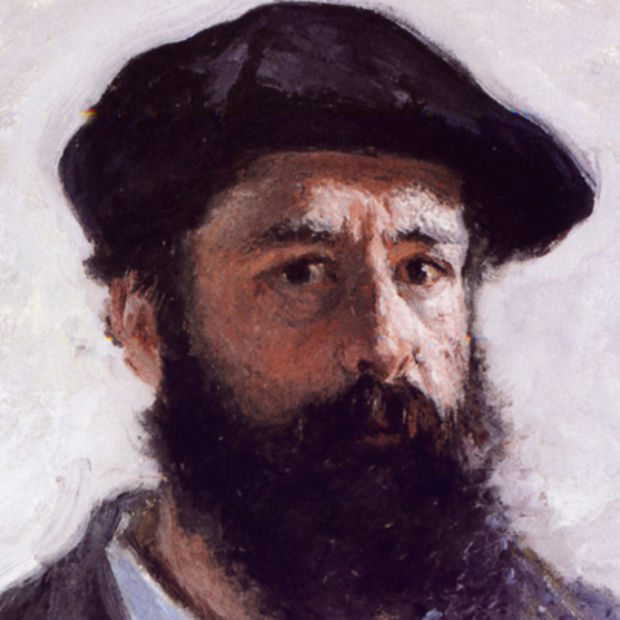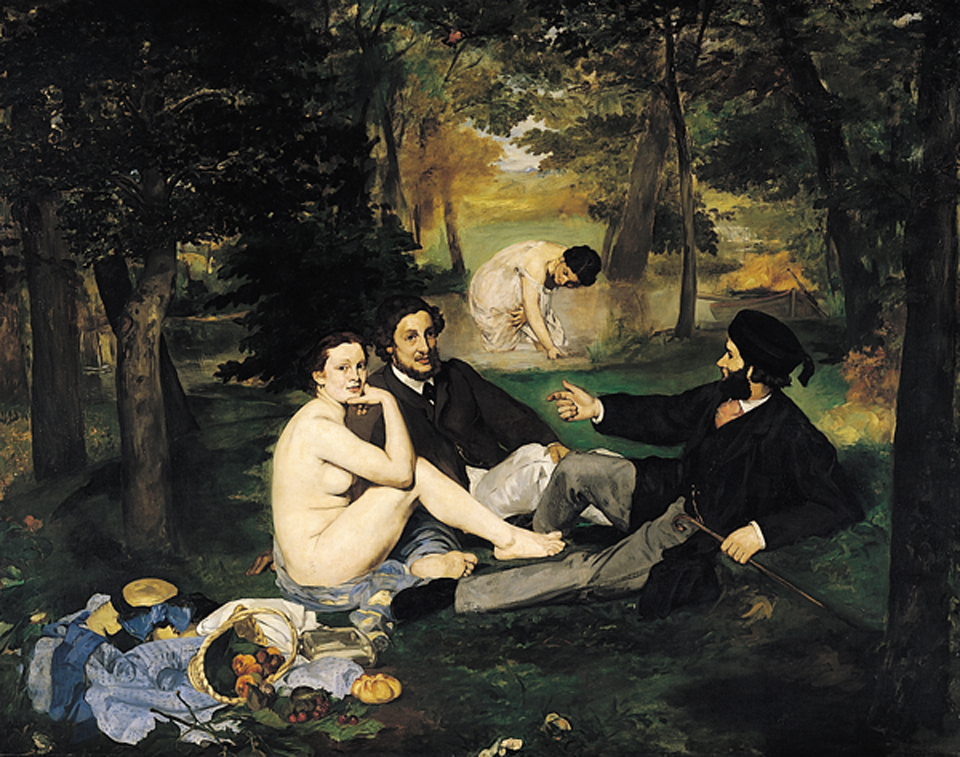
Synopsis
Édouard Manet was the most important and influential artist to have heeded poet Charles Baudelaire’s call to artists to become painters of modern life. Manet had an upper-class upbringing, but also led a bohemian life, and was driven to scandalize the French Salon public with his disregard for academic conventions and his strikingly modern images of urban life. He has long been associated with the Impressionists; he was certainly an important influence on them and he learned much from them himself. However, in recent years critics have acknowledged that he also learned from the Realism and Naturalism of his French contemporaries, and even from seventeenth century Spanish painting. This twin interest in Old Masters and contemporary Realism gave him the crucial foundation for his revolutionary approach.
Key Ideas
Manet’s modernity lies above all in his eagerness to update older genres of painting by injecting new content or by altering the conventional elements. He did so with an acute sensitivity to historical tradition and contemporary reality. This was also undoubtedly the root cause of many of the scandals he provoked.
He is credited with popularizing the technique of alla prima painting. Rather than build up colors in layers, Manet would immediately lay down the hue that most closely matched the final effect he sought. The approach came to be used widely by the Impressionists, who found it perfectly suited to the pressures of capturing effects of light and atmosphere whilst painting outdoors.
His loose handling of paint, and his schematic rendering of volumes, led to areas of “flatness” in his pictures. In the artist’s day, this flatness may have suggested popular posters or the artifice of painting – as opposed to its realism. Today, critics see this quality as the first example of “flatness” in modern art.
Most Important Art: Le Dejeuner sur l’Herbe (1863)

(1863)
As the primary talking point of the Salon des Refuses in 1863, it is fairly clear to see why this canvas shocked the bourgeois patrons and the Emperor himself. Manet’s composition is influenced by the Renaissance artist Giorgione and by Raimondi’s engraving of the Judgment of Paris after Raphael, but these influences are fractured by his disregard for perspective and his use of unnatural light sources. But it was the presence of an unidealized female nude, casually engaged with two fashionably dressed men, that was the focus of the most public outrage. Her gaze confronts the viewer on a sexual level, but through her Manet confronts the public as well, challenging its ethical and aesthetic boundaries.
Oil on canvas – Musee d’Orsay

 (1863)
(1863)